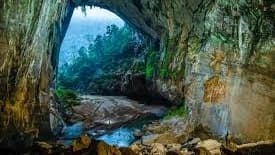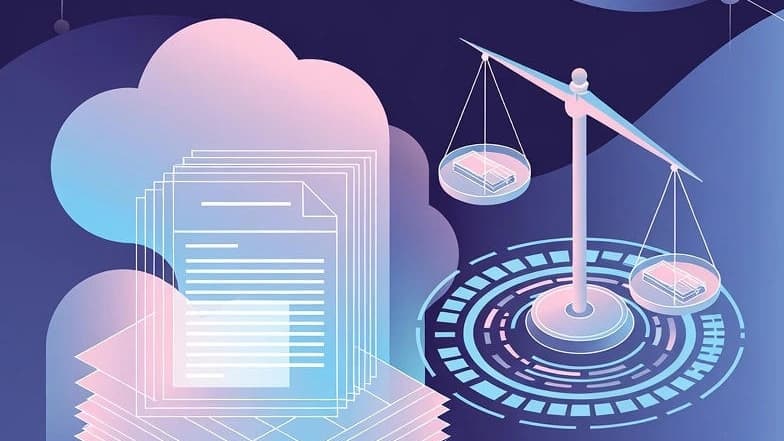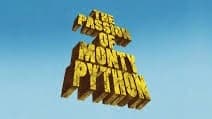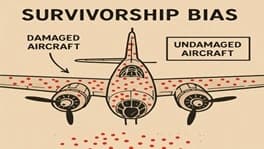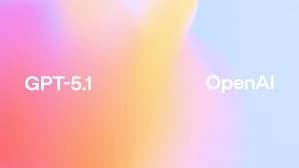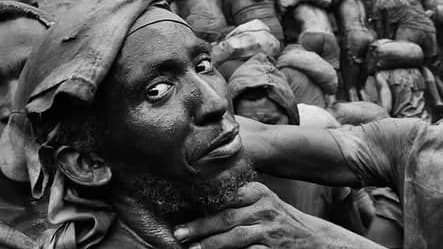
העדשה שמגלה עולמות נסתרים: סבסטיאו סלגאדו ויופי הכאב האנושי
סבסטיאו סלגאדו, מהצלמים הדוקומנטריים החשובים בעולם, חושף בעדשתו תרבויות נעלמות, טקסים עתיקים ומאבקי הישרדות אנושיים. צילומיו בשחור־לבן מטלטלים את הצופה ומספרים סיפורים עמוקים על בני אדם, טבע ומיתוסים. דרך מסעותיו לאמזונס, לאפריקה ולמכרות הזהב בברזיל, סלגאדו מציג מציאות עוצמתית שלא רואים בשום מקום אחר. עבודתו משלבת אמנות, מחקר אנתרופולוגי ומסר חברתי חד. חובה לכל חובבי צילום, תרבויות ומסעות עומק.
